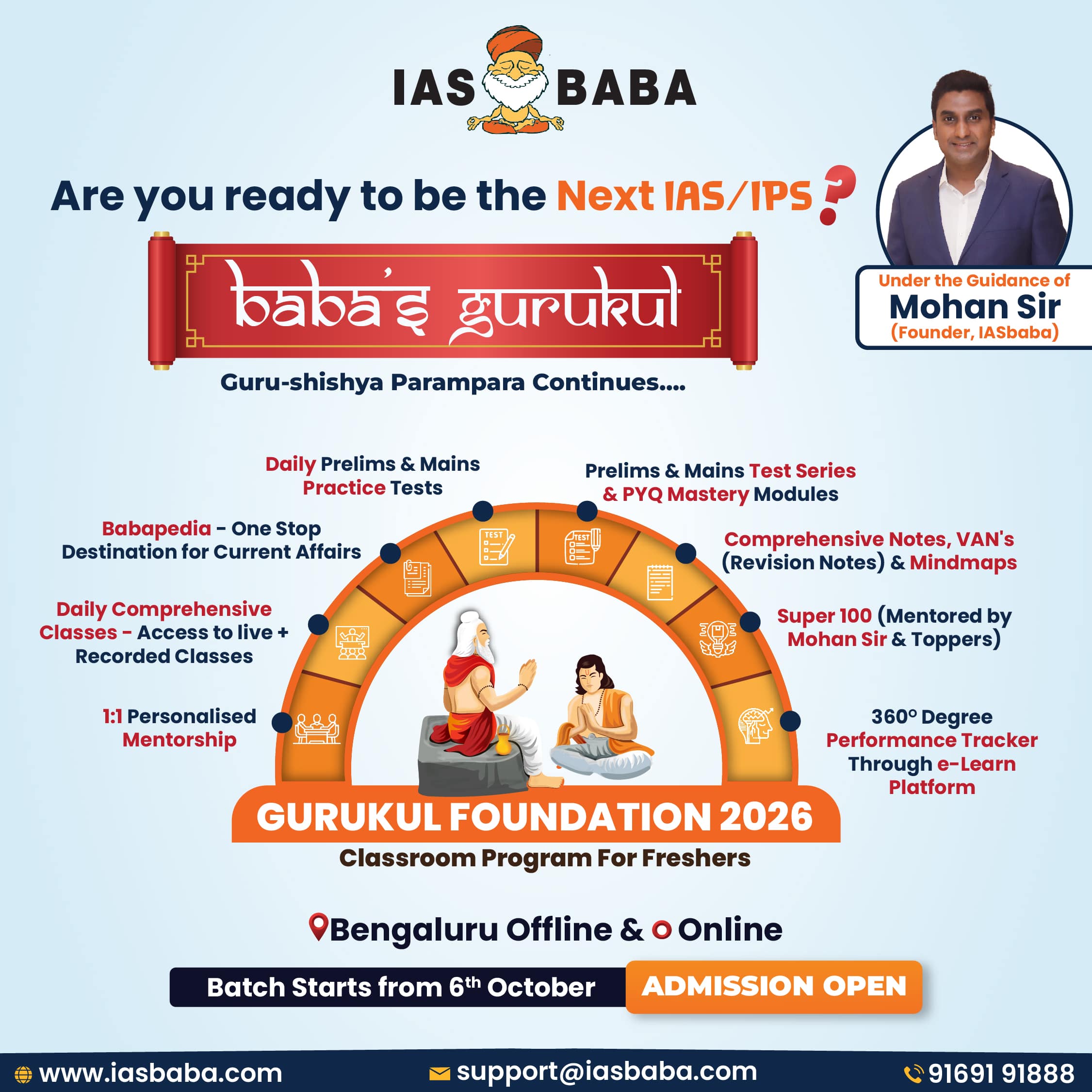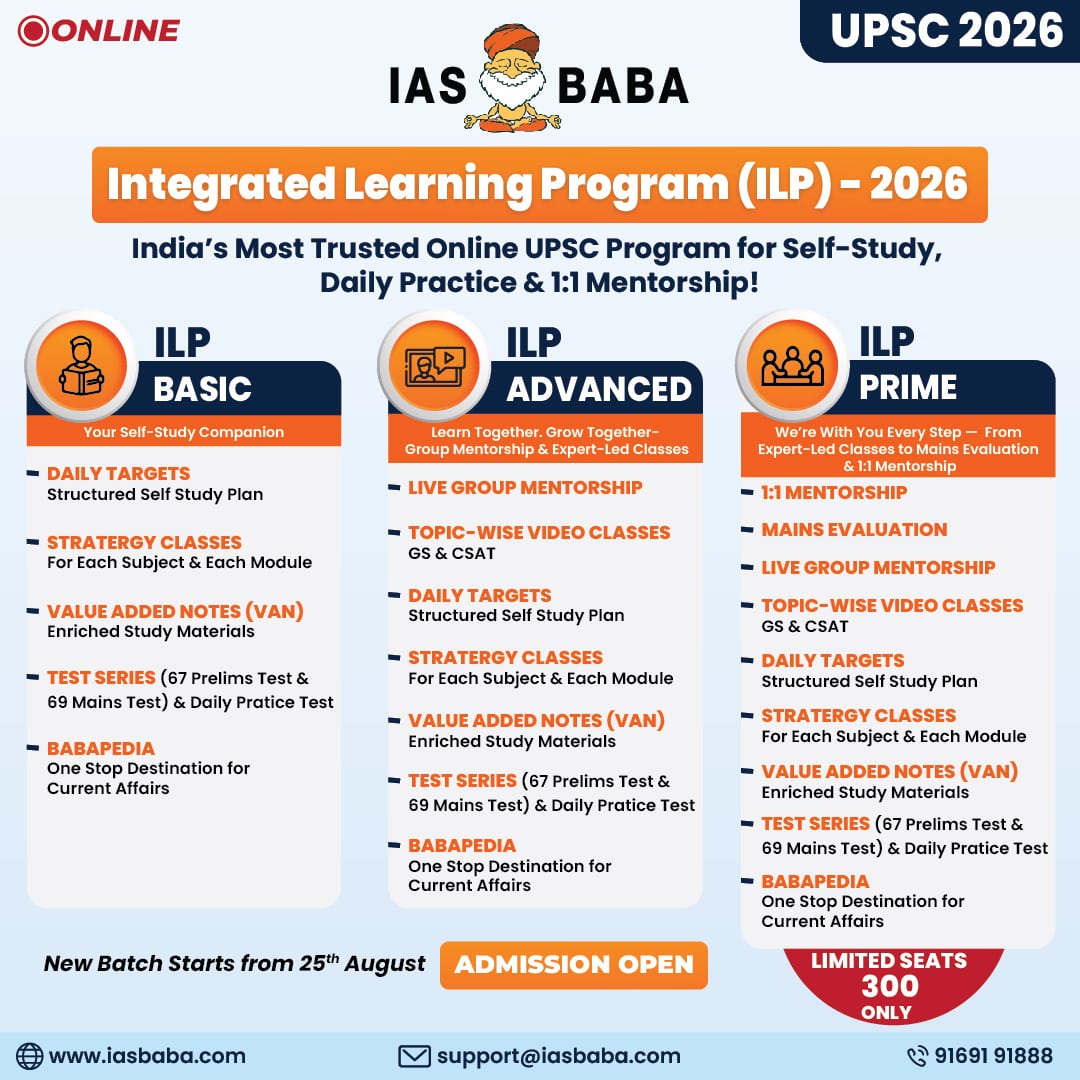Ethics Theory, TLP-UPSC Mains Answer Writing
Q. 1. “The destiny of India is not caste in stone.” In light of this statement, examine the evolving nature of caste in contemporary India. (150 words, 10 marks)
Introduction
The caste system is a hereditary, hierarchical, and ascriptive social system dividing people by birth. With over 3,000 castes in India, its influence is deep, but today, it is changing, showing that India’s destiny is not fixed by caste.
Body
Destiny of India is not Caste in Stone
- Political Empowerment: Marginalised castes are gaining political power through reservations and elections. Example: Leaders like Mayawati and parties like BSP have come to power with Dalit support.
- Legal Safeguards: Laws have been made to protect lower castes from discrimination and violence. Example: The SC/ST (Prevention of Atrocities) Act was used in the 2016 Una flogging case.
- Economic Mobility: Many people from lower castes are now getting better jobs and starting businesses. Example: Kalpana Saroj, a Dalit woman, became a successful business leader.
- Urbanisation: In cities, caste matters less because people focus more on skills and work. Example: In IT companies, teams work together without asking about caste.
- Youth and Inter-caste Marriages: Young people today are more open to marrying outside their caste. Example: In the Hadiya case (2018), the Supreme Court supported inter-caste marriage.

Some Elements of Caste Continue even today
Caste is changing in many ways, but some old habits and problems still exist, especially in villages and social life.
- Social Discrimination: People still face caste-based insults and untouchability in rural areas. Example: The 2023 NCRB report shows many cases of violence against Dalits.
- Caste-based Politics: Many parties still use caste to get votes during elections. Example: In Bihar, caste census and caste-based promises are common during campaigns.
- Marriage Norms: Most people still marry within their own caste due to family and society pressure. Example: According to the 2011 Census, only about 6 percent of marriages are inter caste.
- Economic Inequality: Lower castes still own less land and have fewer financial resources. Example: NSSO data shows Dalits have less agricultural land compared to upper castes.
Conclusion
Caste in India is mostly changing with better laws, awareness, and progress, but some old practices still remain. As Deepankar Gupta said, “Caste is not a thing of the past, but it need not be our future.”












